Cattle were the last livestock I brought onto the ranch.
I decided on Dexter cattle, because they were red and smaller in stature!
Despite their smaller stature, Dexters take at least 2 years on grass (I don’t use grain to finish them) to be ready to process into edible cuts.
In December 2020, I took my first steer to be processed.
Having done my research on processing beef, my main concern was how long to dry age the beef given the amount of fat on the animal. So the processor and I spent a few hours on the phone discussing the carcass’ fat.
The processor’s first comment was, “You’ve got some yellow fat on the animal! You must be grass fed all the way!”
How did she know that?
Fat color is a function of what kind of vitamins are present in the cow's diet.
In healthy cattle, yellow fat color occurs when cattle graze green pasture. This results from the ingestion and absorption of yellow pigments that are present in plants. These pigments have been identified as carotenoids, with beta-carotene being the major component responsible for fat color in cattle.
Look at the yellow fat!
Beta-carotene is a natural form of Vitamin A - an essential nutrient - which the body can convert to Vitamin A as needed. Beta-carotene is also an antioxidant, important for protecting the body against free-radicals.
Beta-carotene is a naturally-occurring plant pigment. It is what gives many fruits and vegetables their orange or yellow color (like carrots, squash, pumpkins, and grapefruit).
When cattle consume beta-carotene-rich foods, it is stored in their fat. And likewise, when we eat beta-carotene-rich foods (like carrots, pumpkins, or beef with beta-carotene stored in the fat) then we transfer that beta-carotene to our own body fat reserves.
Grass contains beta-carotene. Grain does not.
Cattle finished on grain will not have much beta-carotene in their diet and consequently their fat will also be missing the wonderful yellowish color. The only grain that is an exception to this rule is corn, which contains some beta-carotene, so cattle finished on a high corn diet will also have somewhat yellowish fat, though still not as much as cattle finished on grass.
So don't discount the yellowish color of grass fed fat - it's actually a sign that it is good for you!
And not only is it good for you, but it is also one of the contributing micro-nutrients that gives grass fed beef fat its superior flavor.
As most chefs will tell you, the primary source of flavor in all meat comes from the fat. It doesn't take much fat to add flavor, but without any fat, there is NO flavor.
Don’t you want to eat the tastiest beef you’ve ever had?
Eat grass fed, grass finished beef!



